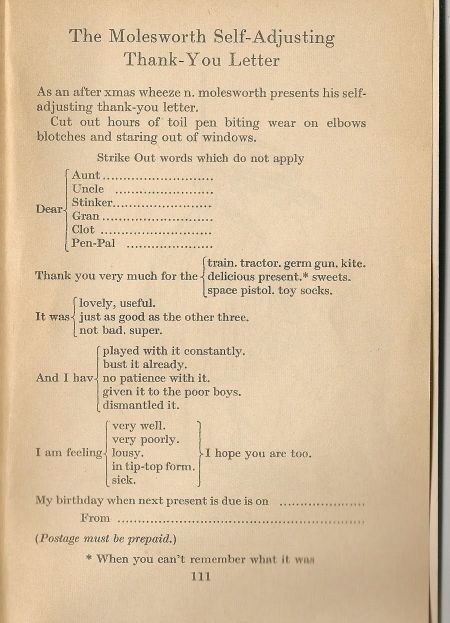Document assembly
|
JC pontificates about technology
An occasional series. 
|
Not the lawyer-killing overwhelming disruptive tech that Darrel R Mountain thought it would be way back in 2006[1]. Its capabilities are limited, it costs a lot (no one has figured out a sensible model for how to price it... by document? by structure? by user?) it is difficult to implement, and it really just isn’t very good. Candidly, it has barely evolved past its original invocation, by noble, fearless and brace legal pioneer nigel molesworth, whose first prototype is pictured no the right.
It is specified by IT folk who don’t understand the business (legal) application, sold to (legal) users who don’t understand the technological benefits of automation, let alone the challenges sub-optimal legal language poses to that technical benefit — is there any more dispositionally Luddite a professional than a lawyer? — and is commissioned and configured by management consultants who (a) don’t understand (that is, fear) the business application, (b) don’t trust (that is, fear) the legal users; and (c) are motivated to retain control of the process and quash any instinct for flexibility or creativeness by lawyers, whom they are trying to reconceptualise as mute users of overweening technology — that is to say, users.
See also
References
- ↑ Disrupting Conventional Law Firm Business Models using Document Assembly International Journal of Law and Information Technology, Volume 15, Issue 2, Summer 2007, Pages 170–191.